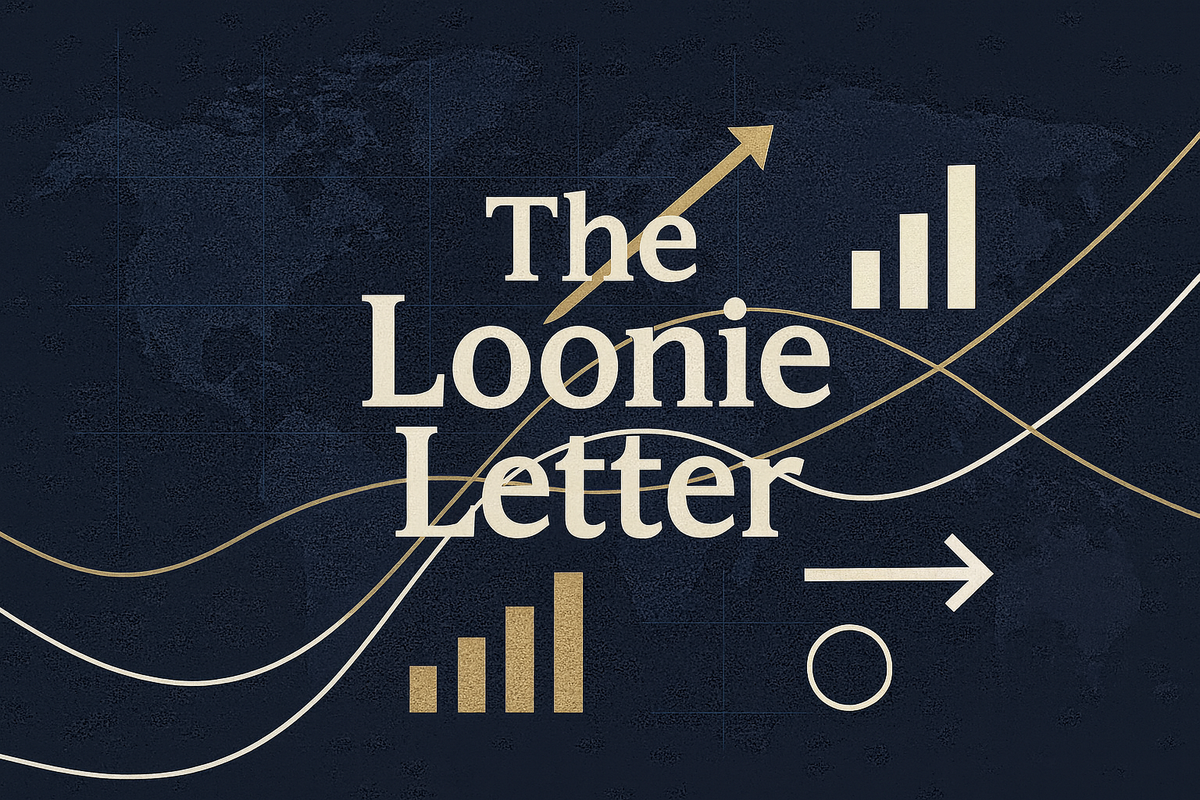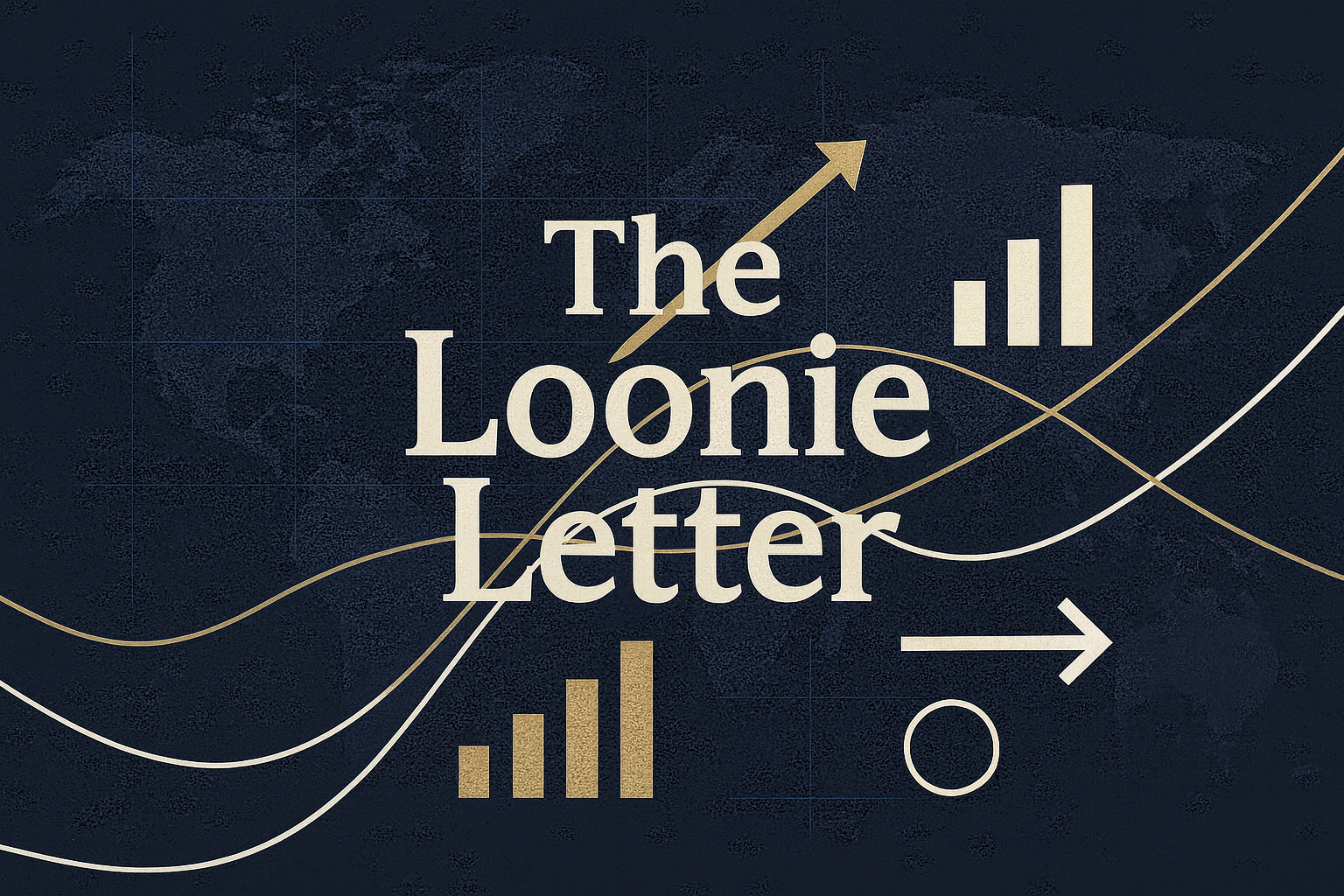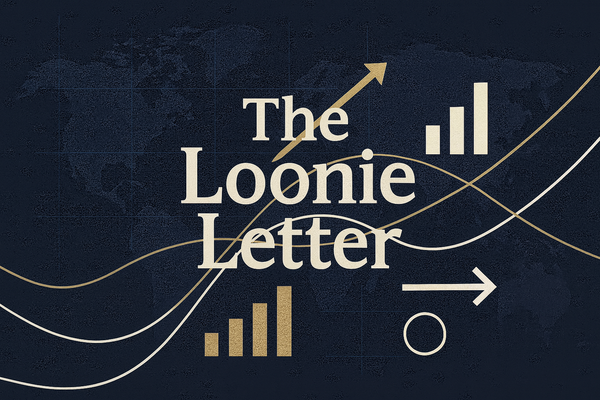Market Mosaic Brief: Financials, SEC reporting, states, macro, movers

Today’s Market Mosaic (2025-09-21) connects five currents shaping positioning: financials’ leadership and a focused watchlist, a potential SEC shift to semiannual reporting, state credit upgrades, evolving macro/trade themes, and the latest S&P 500 movers. Together they frame sector rotation, risk management, and policy watch-points for Q4.
Financial Sector Watchlist
The Financial Select Sector has returned about 20.3% over the last year, with the index at 648.93 as of Aug 21, 2025 (SPGlobal). Beyond the S&P cohort, roughly 900 listed financial stocks total about $12.01 trillion in market cap, expanding the idea set (StockAnalysis).
Names to monitor (from a MarketBeat screener cited by InsuranceNewsNet): Robinhood (HOOD)—track user activity, transaction revenue, and options flow; market cap reference near $54.5B (InsuranceNewsNet; StockAnalysis). JPMorgan (JPM)—watch NIM and IB cadence as rate expectations shift; market cap reference ~ $744B (InsuranceNewsNet; StockAnalysis). Bank of America (BAC)—consumer credit, loan growth, deposit mix; market cap reference ~ $336.6B (InsuranceNewsNet; StockAnalysis). Visa (V)—payments volume, cross-border recovery, TPV margins; market cap reference ~ $684B (InsuranceNewsNet; StockAnalysis). UnitedHealth (UNH)—medical cost trends and public-program exposure; see current market data (InsuranceNewsNet; Yahoo).
Near-term catalysts: Fed guidance and the rate path (pressure on bank NIMs, trading volumes) (SPGlobal); earnings prints for NII, provisions, fee income, and TPV; and policy/regulatory moves across insurance and payments. Tactically, monitor earnings dates and options skew; use XLF or similar for exposure/hedging, with index-linked product details available from S&P Dow Jones Indices (SPGlobal). For idea generation, screen the full financials universe beyond S&P constituents (StockAnalysis).
SEC Reporting and Oversight: Semiannual Option
The SEC is advancing a proposal to allow an option for semiannual statutory reporting (firms could still report quarterly), aiming to reduce costs and short-termism while drawing on UK/EU practice (AInvest; AInvest). Trade-offs include potential compliance savings versus reduced transparency that could affect retail investors and price discovery (AInvest). International evidence is mixed: some UK studies report improved accrual quality after less frequent reporting, but governance and liquidity outcomes vary in EU experience (CLSBlueSky; Debevoise). Regulators have also noted liquidity/volatility considerations when disclosure cadence changes (FCA).
If cadence flexibility proceeds, preserving market integrity will hinge on stronger consolidated data, audit rigor, and standardized interim disclosures (ideally machine-readable) to limit information asymmetry (Debevoise; CLSBlueSky). Oversight must also extend to new instruments and market models (e.g., tokenized securities within the NMS) (FederalRegister). For investors, keep monitoring real-time metrics (volume, spreads, trade reports) and demand interim standardization; issuers considering semiannual filings should adopt voluntary quarterly updates to stabilize expectations (Debevoise).
State Credit Rating Update
Texas has maintained AAA/Aaa ratings from major agencies, reinforcing its status among top-tier municipal issuers (EastTexasRadio). Connecticut received upgrades from Moody’s and Fitch (Moody’s to Aa2), a validation of recent fiscal measures (CT; BristolEdition). Illinois’ continued credit improvement tied to reforms and reserve building has lifted its profile into the A-/A3 range and influenced 2025 muni issuance dynamics (AInvest).
Implications: Upgrades and affirmations are compressing spreads for high-grade state issuance, particularly at the front end (see Texas and Connecticut announcements) (EastTexasRadio; CT). Persistent structural liabilities (notably pensions) argue for overweighting short-to-intermediate maturities where risk premia remain, especially in still-reforming states like Illinois (AInvest).
Global Markets & Policy: Near-Term Themes
Markets are recalibrating to a more dovish Fed signal post–Jackson Hole, lifting rate-cut odds, weighing on the dollar, and supporting risk assets (MUFG). Trade tensions and tariff actions are accelerating regionalization and near-shoring, reshaping winners and losers across autos, shipping, and critical materials (NYTimes). Labor-market resilience continues to complicate the easing timeline by sustaining consumption and inflation risk (AdvisorPerspectives). Sector rotation reflects these drivers, with cyclicals and trade-sensitive names reacting to policy signals and trade headlines (CNBC; Reuters).
Investor playbook: reassess dollar and duration exposure, tilt toward cyclicals if easing materializes while sizing for headline risk, stress test supply-chain concentration, and keep liquidity/option buffers around key policy events (CNBC).
Market Movers: S&P 500 Winners & Losers
Session standouts included Take-Two (TTWO) 248.78 (+3.8%), Live Nation (LYV) 169.40 (+3.66%), and Broadcom (AVGO) 345.65 (+3.21%); other leaders included Cadence, IBM, ServiceNow, and Adobe (BusinessInsider). Laggards included Norwegian Cruise (NCLH) 24.53 (-4.40%), Brown‑Forman (BF‑B) 27.59 (-4.57%), and CVS (CVS) 70.26 (-4.77%), alongside T‑Mobile, Chipotle, and PepsiCo among decliners (BusinessInsider).
Drivers: company-specific news and momentum in software, semis, and live entertainment; a semiconductor repricing impulse linked to Nvidia’s reported $5B Intel stake/partnership headlines (Investing); and positioning into Fed decisions as rate-cut hopes buoy select tech and cyclicals (CNBC). For follow-through and verification, use Nasdaq’s historical and real-time market pages (Nasdaq). Broader context is available via the FT’s markets coverage (FT).
Conclusion:
Financials’ resilience, state-level credit strength, and a potential SEC reporting pivot intersect with a macro backdrop of easing hopes and trade realignment. Near term, prioritize catalyst calendars (Fed, earnings, policy), keep hedges and liquidity buffers, and refine exposure toward quality cyclicals and high-grade muni opportunities while monitoring disclosure standards and market structure developments that could alter price discovery.

